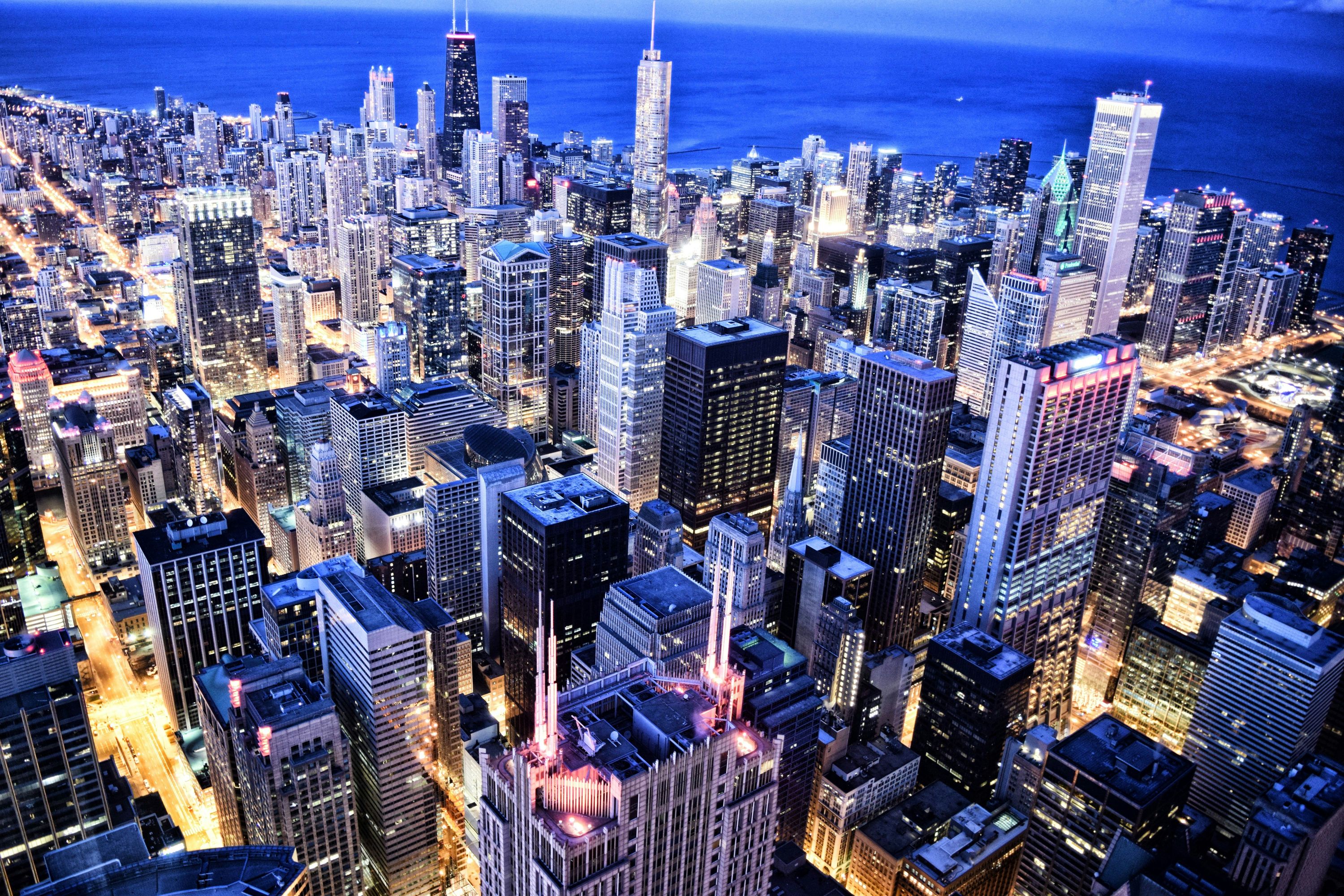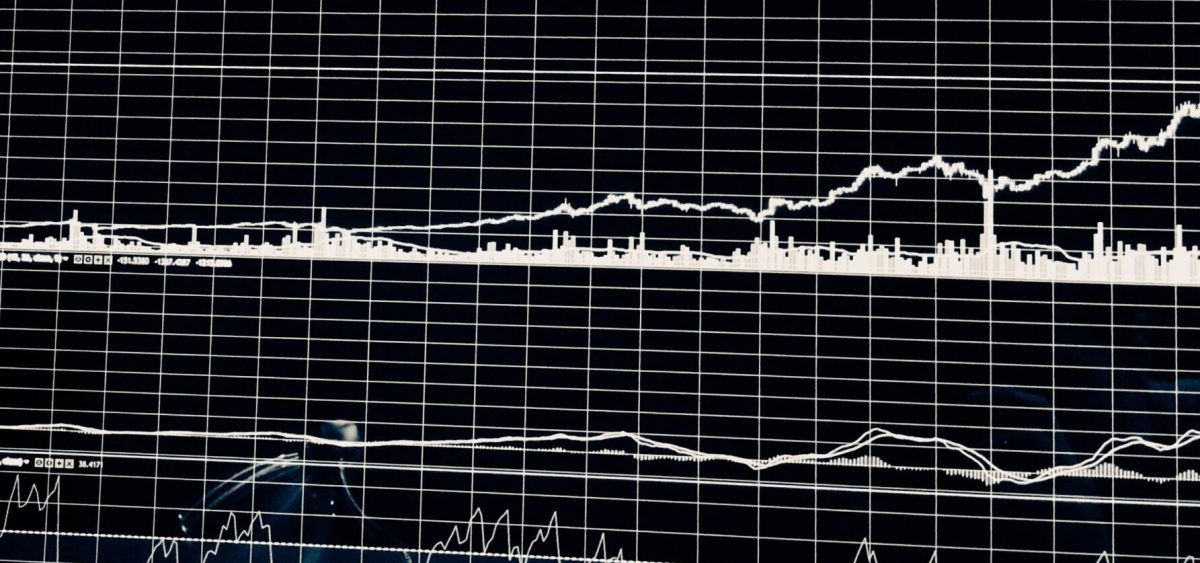Moving Towards a Digital Twin Ecosystem
Smart Cities really start to become valuable when they integrate with Digital Twins. Smart Cities do really well with transportation networks and adjusting when things happen. Take, for example, construction on an important Interstate highway that connects the city core with the suburbs causes backups and a smart city can adjust traffic lights, rail, and other modes of transportation to help adjudicate the problems. This works really well because the transportation system talk to each other and decisions can be made to refocus commutes toward other modes of transportation or other routes. But unfortunately, Digital Twins don’t do a great job talking to Smart Cities.

Photo by Victor Garcia on Unsplash
A few months ago I talked about Digital Twins and messaging. The idea that:
Digital twins require connectivity to work. A digital twin without messaging is just a hollow shell, it might as well be a PDF or a JPG. But connecting all the infrastructure of the real world up to a digital twin replicates the real world in a virtual environment. Networks collect data and store it in databases all over the place, sometimes these are SQL-based such as Postgres or Oracle, and other times they are simple as SQLite or flat-file text files. But data should be treated as messages back and forth between clients.
This was in the context of a Digital Twin talking to services that might not be hardware-based, but the idea stands up for how and why a Digital Twin should be messaging the Smart City at large. Whatever benefits a Digital Twin gains from an ecosystem that collects and analyzes data for decision-making those benefits become multiplied when those systems connect to other Digital Twins. But think outside a group of Digital Twins and the benefit of the Smart City when all these buildings are talking to each other and the city to make better decisions about energy use, transportation, and other shared infrastructure across the city or even the region (where multiple Smart Cities talk to each other).

Photo by Jesse Collins on Unsplash
When all these buildings talk to each other, they can help a city plan, grow and evolve into a clean city.
What we don’t have is a common data environment (CDE) that cities can use. We have seen data sharing on a small scale in developments but not on a city-wide or regional scale. To do this we need to agree on model standards that allow not only Digital Twins to talk to each other (Something open like Bentley’s iTwin.js) and share ontologies. Then we need that Smart City CDE where data is shared, stored, and analyzed at a large scale.
One great outcome of this CDE is all this data can be combined with City ordinances to give tools like Delve from Sidewalk Labs even more data to create their generative design options. Buildings are not a bubble in a city and their impacts on the city extend out beyond the boundaries of the parcel they are built on. That’s what so exciting about this opportunity, manage assets in a Digital Twin on a micro-scale, but share generalized data about those decisions to the city at large which then can share them with other Digital Twins.
 Graphic showing chart of change over time
Graphic showing chart of change over time
And lastly, individual Smart Cities aren’t bubbles either. They have huge impacts on the region or even the country that they are in. If we can figure out how to create a national CDE, one that covers a country as diverse as the United States, we can have something that can even benefit the world at large. Clean cities are the future and thinking about them on a small scale will only result in the gentrification of affluent areas and leave less well areas behind. I don’t want my children to grow up in a world like that and we have the processes in place to ensure that they have a better place than use to grow up in.